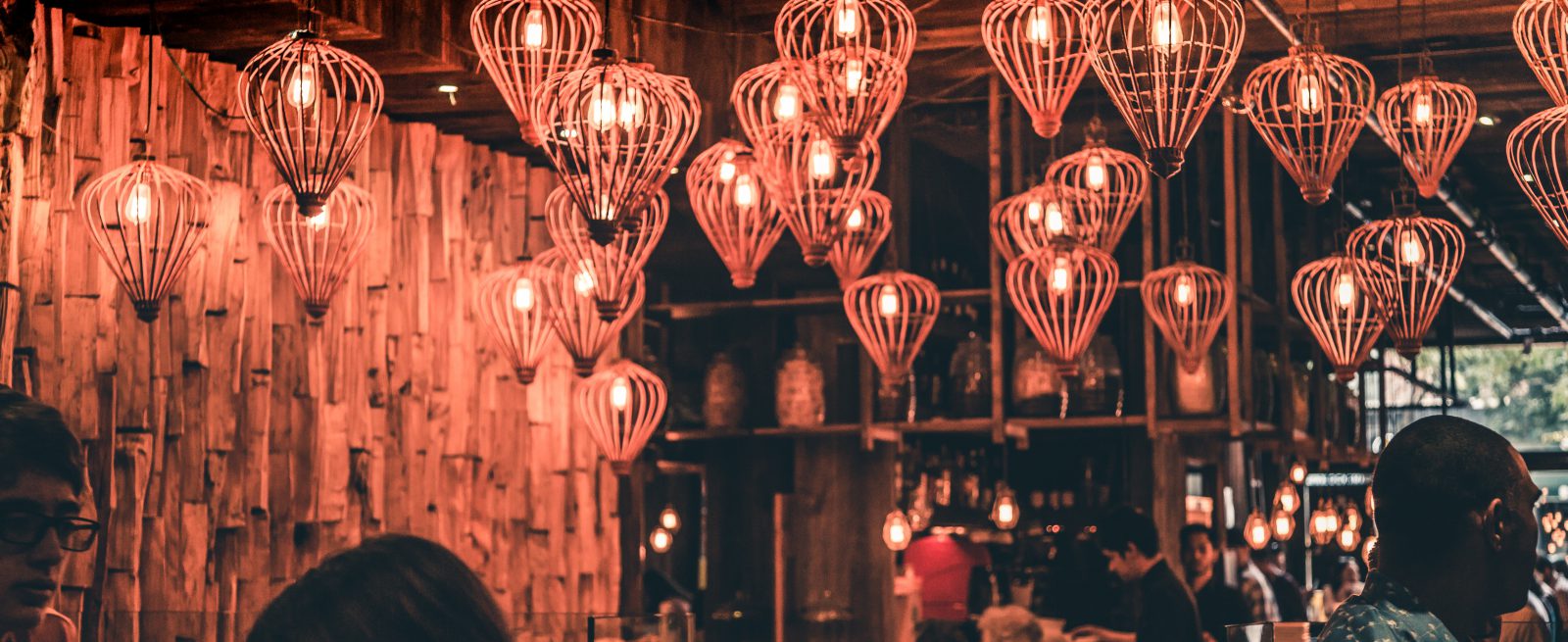Let There Be Light: The Importance of Lighting In Your Restaurant’s Design
6 Min Read By David Gray
Designing a restaurant can be downright dizzying.
From floor to ceiling and everything in between, restaurant owners must decide on a look and feel for their space that is not only memorable, but functional.
Though the big ticket items like floorplan and color scheme are usually attributed with shaping the look and feel of your space, how you choose to employ restaurant lighting can transform your space from drab to fab.
But don’t be fooled: Restaurant lighting is much more than just which light fixtures you choose. Here are some expert tips, tricks, and techniques from real restaurant lighting professionals that will help you create a memorable space guests will love visiting again and again.
Contrast Is KeyThe trick to functional restaurant lighting is not getting the room as bright as possible, but rather to balance the amount of light in an area with surfaces and colors that avoid glare and eye strain.
When our pupils are forced to adjust dramatically each time our eyes move…
Sorry, You've Reached Your Article Limit.
Register for free with our site to get unlimited articles.
Already registered? Sign in!


